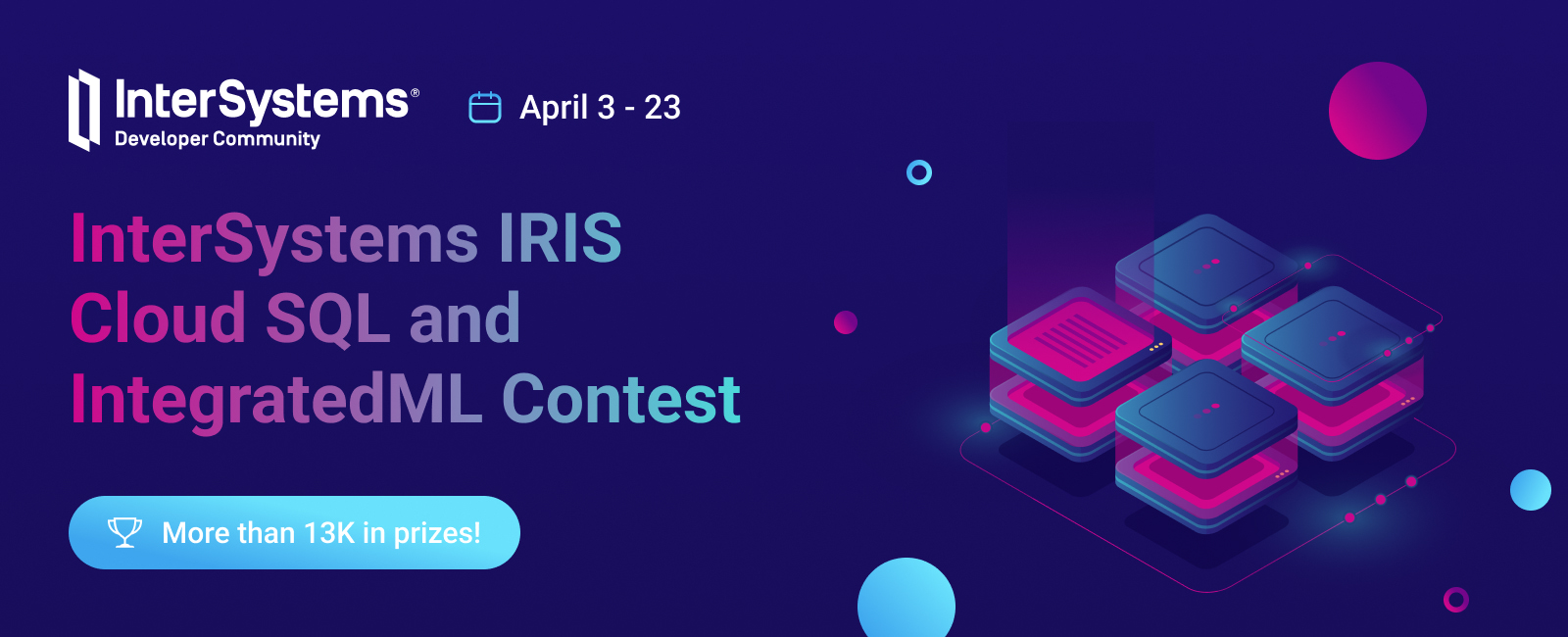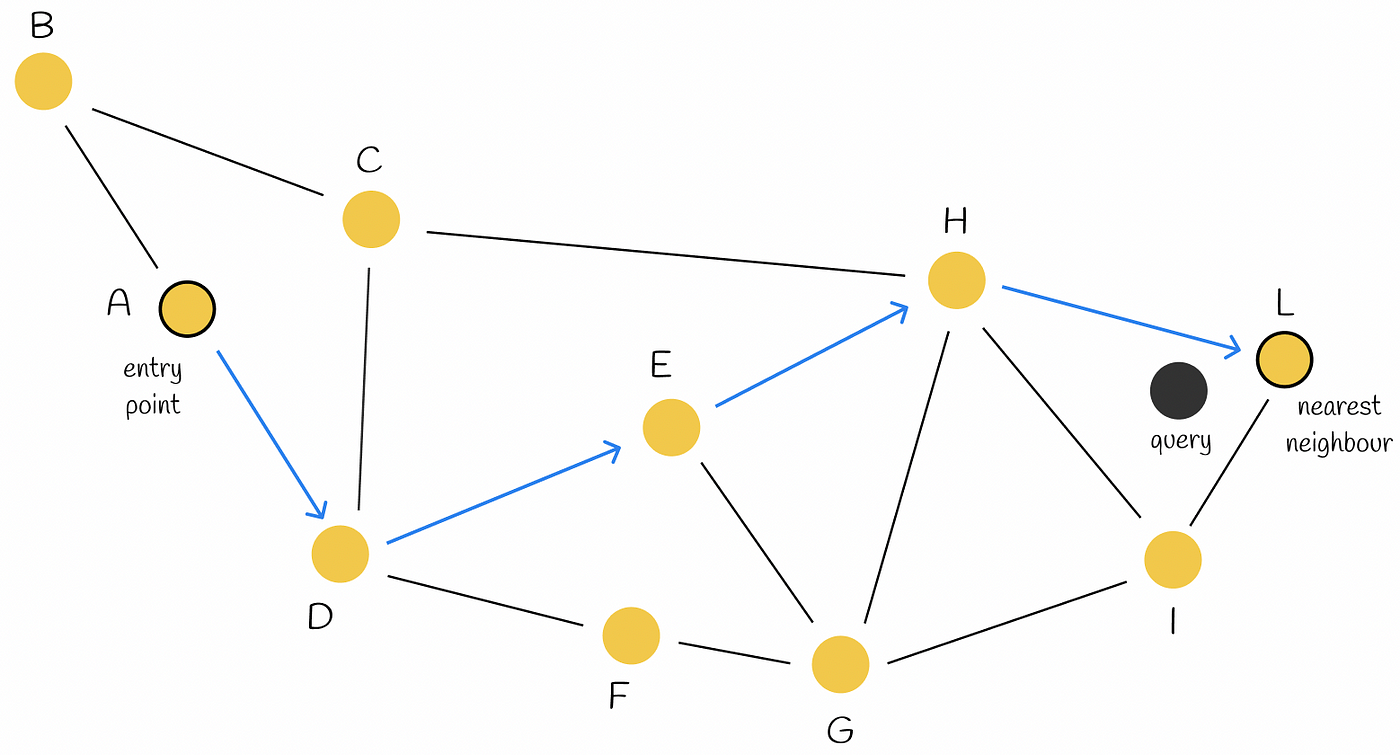Hi developers!
As you know InterSystems IRIS besides globals, object, document and XML data-models also support relational where SQL is expected as a language to deal with the data.
And as in other relational DBMS InterSystems IRIS has its own dialect.
I start this post to support an SQL cheatsheet and invite you to share your favorites - I'll update the content upon incoming comments.
Here we go!


